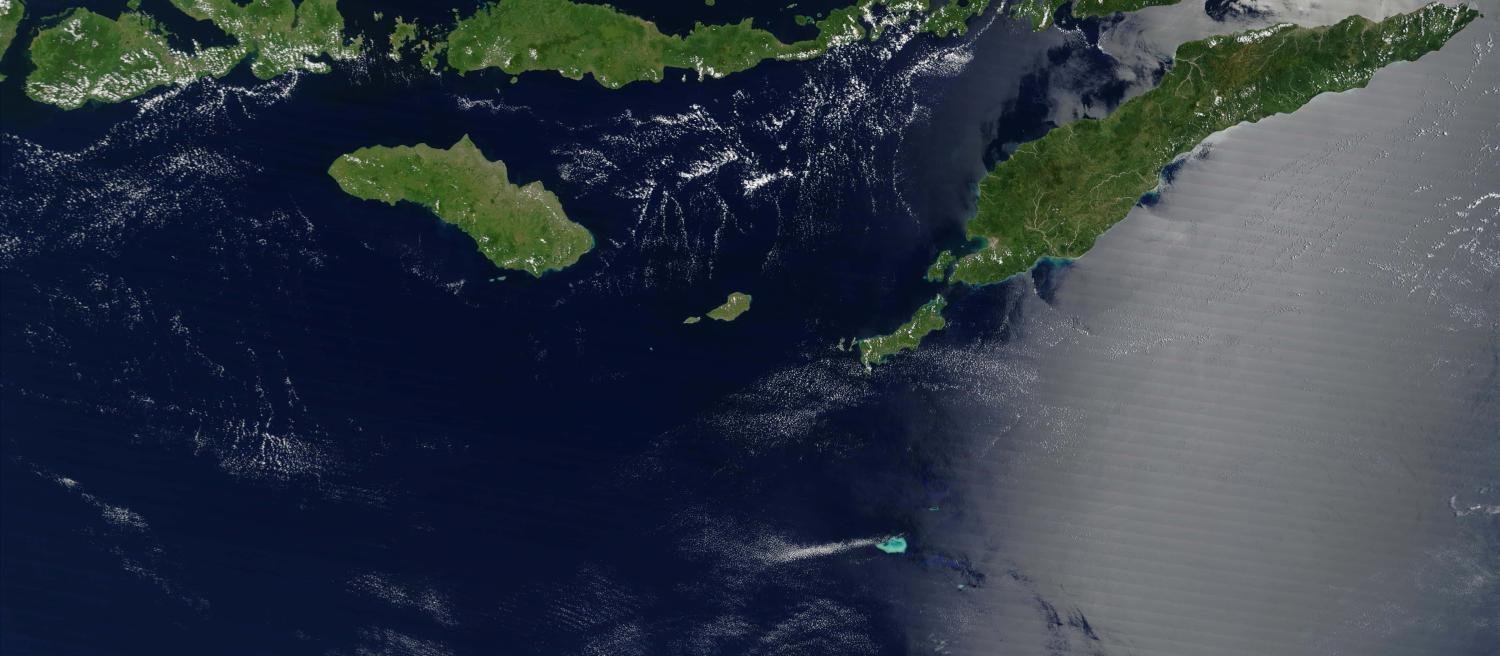Making a judgement in the present about events in the past is fraught with difficulties. It is natural and often right to view past events with the moral and legal perspectives of the present. However, it is very risky to impute motivation to actors in the past as if they were informed by facts or thinking that only originated years later.
In my view, much commentary about Australia's seabed boundary negotiations with Indonesia in 1972 runs this risk by conflating these negotiations and what subsequently occurred regarding the ‘Timor gap’. In doing so, this commentary also overlooks the context in which the 1972 negotiations with Indonesia took place. During 1971 and 1972, I was head of the Law of the Sea Section in the Department of Foreign Affairs and, as such, was heavily involved in the preparation for those negotiations and was a member of the Australian delegation that conducted them in Jakarta.
The Law of the Sea Section was created at the beginning of 1971 in order to provide input into Australia's preparation for the UN Law of the Sea Conference, which first met in New York in 1973. The Committee on the Peaceful Uses of the Seabed and the Ocean Floor beyond the Limits of National Jurisdiction (usually known as 'the Seabed Committee') acted as the preparatory committee for the conference, dealing with many other matters in addition to the issues arising from its original purpose.
As is typical in international negotiating conferences, delegations found friends where they could who shared their interests. One of the issues of concern to Australia was the question of defining the limits of national jurisdiction over the seabed. Australia is one of few countries with an extensive continental margin – the seabed made up of continental shelf (defined in international law as the seabed off the coast of a country down to a depth of 200 metres), continental slope and continental rise. One of Australia's objectives in the negotiations was to maximise its rights over these areas. It therefore formed a small caucus with other countries with similar interests, such as Canada and Argentina. This group stayed in contact throughout the meetings of the Seabed Committee and the subsequent conference.
The negotiations with Indonesia in 1972, therefore, posed a difficult problem. The position in international law Australia argued in the seabed committee was that it enjoyed sovereign rights to the edge of its continental margin. In the Timor Sea, the Australian continental margin ended in the Timor Trough and, prior to the Jakarta negotiations, Australia had maintained this position in discussions with Indonesia.
This was also the position put at the beginning of the negotiations by the leader of the Australian delegation, Bob Ellicott. Needless to say, this position was not accepted by the leader of the Indonesian delegation, Professor Mochtar Kusumaatmadja, who argued for a median line in the Timor Sea. Ellicott immediately responded with an alternative suggestion, retreating from the midpoint of the Timor Trough, after which the discussions broke for coffee.
Indonesia then had a military government and Mochtar's delegation was full of senior military officers, most of whom were not familiar with the intricacies of the law of the sea. Accordingly, during this break, Mochtar came to Ellicott and asked him not to move so quickly. Mochtar said he was having difficulty keeping his delegation informed, to understand what was happening.
The next day, the Indonesian side made a counter-suggestion. It was close to an acceptable boundary from our point of view, but included within the area under Indonesian jurisdiction a sliver of the Australian continental shelf. We explained to the Indonesian side that, in the context of the Law of the Sea negotiations, it was important to us to retain sovereign rights to the Australian continental shelf. We suggested varying the line slightly to protect our position, in return for which, we would concede to Indonesia an equal area on the continental slope. We assured the Indonesian side that we had no information as to the mineral or petroleum potential of either area.
With this small adjustment, the line suggested by Indonesia was accepted and forms the basis of the treaty with Indonesia (and making something of a mockery of Mochtar's claim, some years later, that Australia had 'taken Indonesia to the cleaners' in 1972.)
The negotiations also establish the seabed boundary between Papua New Guinea, Australia and Indonesia. This was done without difficulty.
I cannot say with certainty that it never occurred to anybody that Indonesia might at some time in the future be in a position to conclude a treaty with Australia closing the gap in the seabed boundary for the section south of what was then Portuguese Timor. I can say, however, that such a thought did not feature in policy-making, which was directed (properly, in my view) towards protecting Australia's best interests, especially in the very early stages of the Law of the Sea Conference.

